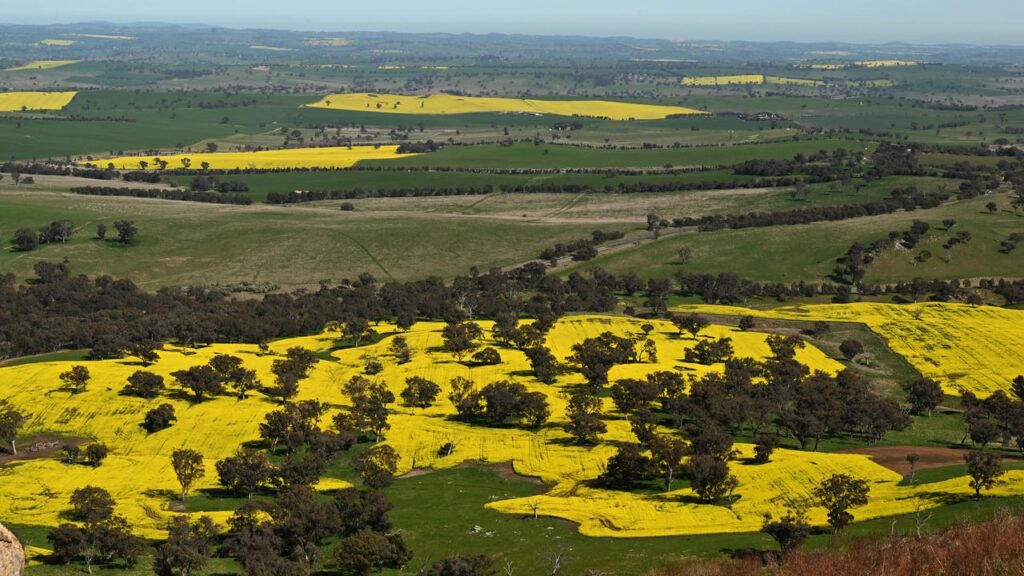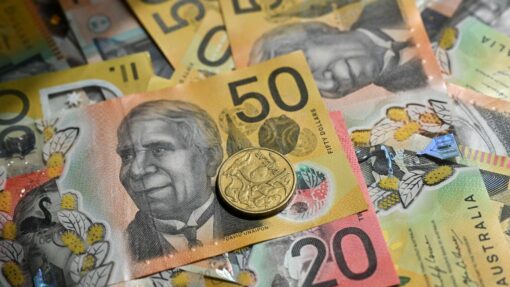Farmland value in reverse as economy tightens
Ben McKay |

Increased rains and lower interest rates are being backed to get farmland values growing again after a drop in the first half of this year and record low sales.
The latest Bendigo Bank report showed national farmland values fell by 3.8 per cent in the first half of 2025.
An overall increase in land values over the past decade has made farm-buying less appealing, the report suggests.

Bendigo Bank spokesman Sean Hickey said buyers were tentative with tight margins.
“The slight decline in median value marks the first time since 2013 that national growth has stalled across the first half of the year,” he said.
Mr Hickey pointed to consolidation of landholdings and the sluggish economic environment to a record low sales count of 3104 transactions in the first six months of 2025.
South Australia (up 15.8 per cent) and NSW (up 1.3) grew despite the national downturn, with cool climate Tasmania leading the fall, with a drop of 20.1 per cent.
TasFarmers chief executive Nathan Calman said he believed the fundamentals were still strong, with Tasmanian farms still the highest-valued fields and paddocks in the country.
“If we see better rainfall and some relief on interest rates, confidence will likely lift into 2026,” he told AAP.
Mr Hickey agreed, adding that other input costs – such as fertiliser, fuel and labour – were putting the squeeze on growers and producers, limiting their purchasing power.

National Farmers Federation president David Jochinke said he was unsurprised to see market “moderation” after long-trend growth.
“Operating returns against high land values are getting tighter … that said, agricultural land and commodity markets are inherently cyclical, and the sector remains on a strong footing for the years ahead,” he told AAP.
The data may also be skewed by an above-average sale count in lower-priced states of SA, Western Australia and the Northern Territory.
The fall comes after a rosy long-term picture.
Nationally, farmland has enjoyed 7.2 per cent year-on-year growth over two decades, spread evenly across the six states, with the lowest-growing state, WA, up 6.6 per cent annually over that time.
FARMLAND VALUES – STATE BY STATE
Tasmania – $17,575 – down 20.1. (Northwest and Northern – $25,143)
Victoria – $13,659 – down 10.4. (South and West Gippsland – $24,747)
NSW – $9815 – up 1.3. (North Coast – $14,948)
Queensland – $9558 – down 3.4. (North – $14,946)
SA – $9214 – up 15.8. (Adelaide and Fleurieu – $23,651)
WA – $6074 – down 13.3. (Southwest – $18,357)
NT – $2456 – down 24.2.
* Value per hectare, with the state’s most valuable farming region also listed
AAP


